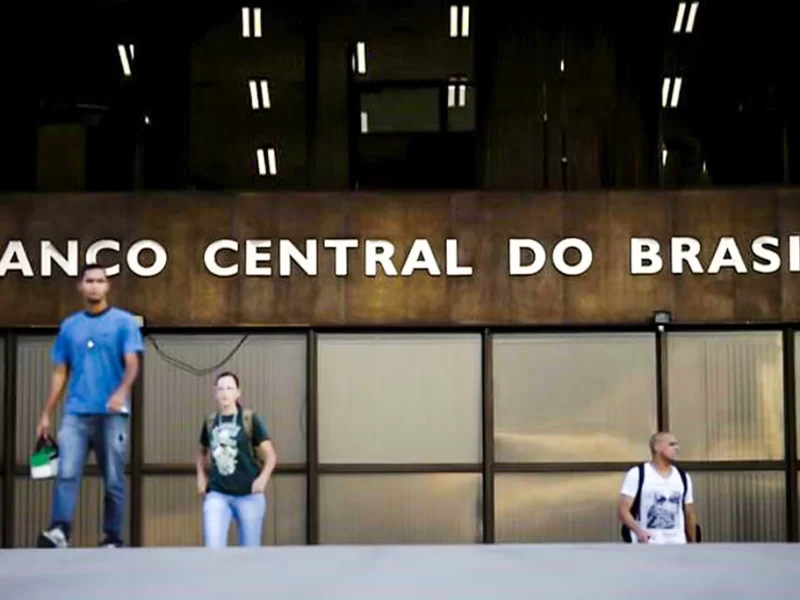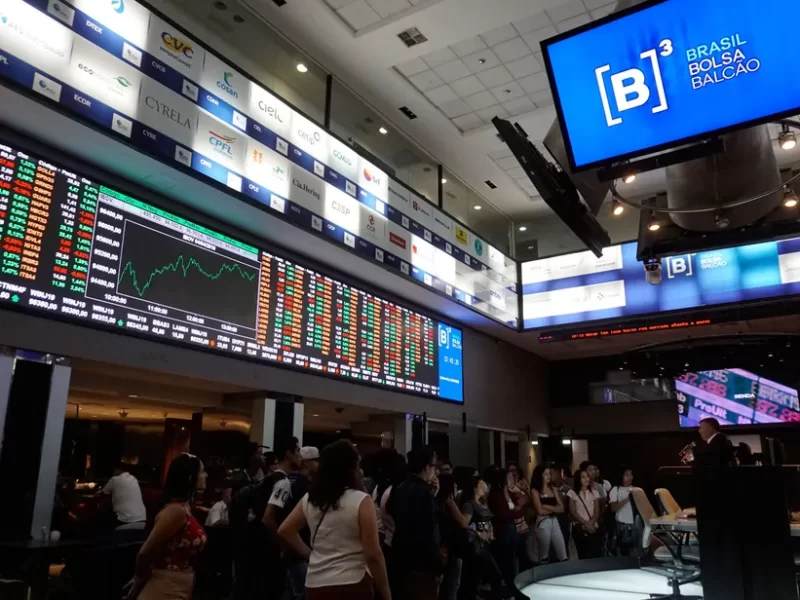Circuit Interlagos in São Paulo has evolved beyond its racing roots. Once considered for privatization, it now serves as a versatile venue for various events. The city administration intends to use this space of millions of square meters to generate income.
Renting Interlagos for art shows can cost upwards of R$200,000 ($35,088). Official track rental costs R$40,000 ($7,017). The county charges for each day of event preparation. Meanwhile, the racing calendar remains busy with 14 sporting events scheduled until December 29, 2024.
Marcelo Flores, a professor of mega-event management at ESPM, has observed the transformation of Interlagos. He notes that the circuit now conforms to global trends in arena design. Modern venues are built to accommodate various events, not just their main purpose.
In the early 2010s, Flores organized a music festival in Interlagos. He remembers the lack of infrastructure back then. Since then, the country has undergone significant improvements. These improvements cater to both motorsports and cultural projects.


The city’s annual budget bill allocated R$17 million ($2.98 million) for district management this year. Track renovations and other improvements, including a new tunnel, cost about R$163 million ($28.6 million). However, the city expects to collect R$300 million ($52.6 million) in taxes from F1-related economic activity.
The revival of Interlagos has brought about improvements in the surrounding area. Access to the district, 22 km from the city center, has been a challenge. This year, an express train service made travel to the Grand Prix easier. Free buses connected the train stations to various district entry points.
Mayor Ricardo Nunes mentions plans to widen the Jurubatuba Bridge. This project aims to reduce traffic congestion during events. The area around the county is also slated for changes.
Interlagos district in São Paulo: From racetrack to multifaceted entertainment center
Flores sees the large event space in São Paulo positively. He believes it is a good use of the area’s potential. Without such a venue, mega-events could be moved to other cities, resulting in a loss of revenue for São Paulo.
By comparison, the three-day Lollapalooza festival in April 2024 attracted 240,000 attendees. Hotels, restaurants and shopping centers benefit from these events. They plan additional income based on the city’s calendar of events.
The Interlagos complex includes a karting track and a municipal park. Currently, these features are not visible from the outside. The mayor plans to replace the outer wall with a fence to improve visibility from Interlagos Avenue.
Interlagos has been transformed from an unused space into São Paulo’s new center for mega-shows and events. Now it regularly hosts thousands of tourists for music festivals such as Lollapalooza, The Town and Primavera Sound.



